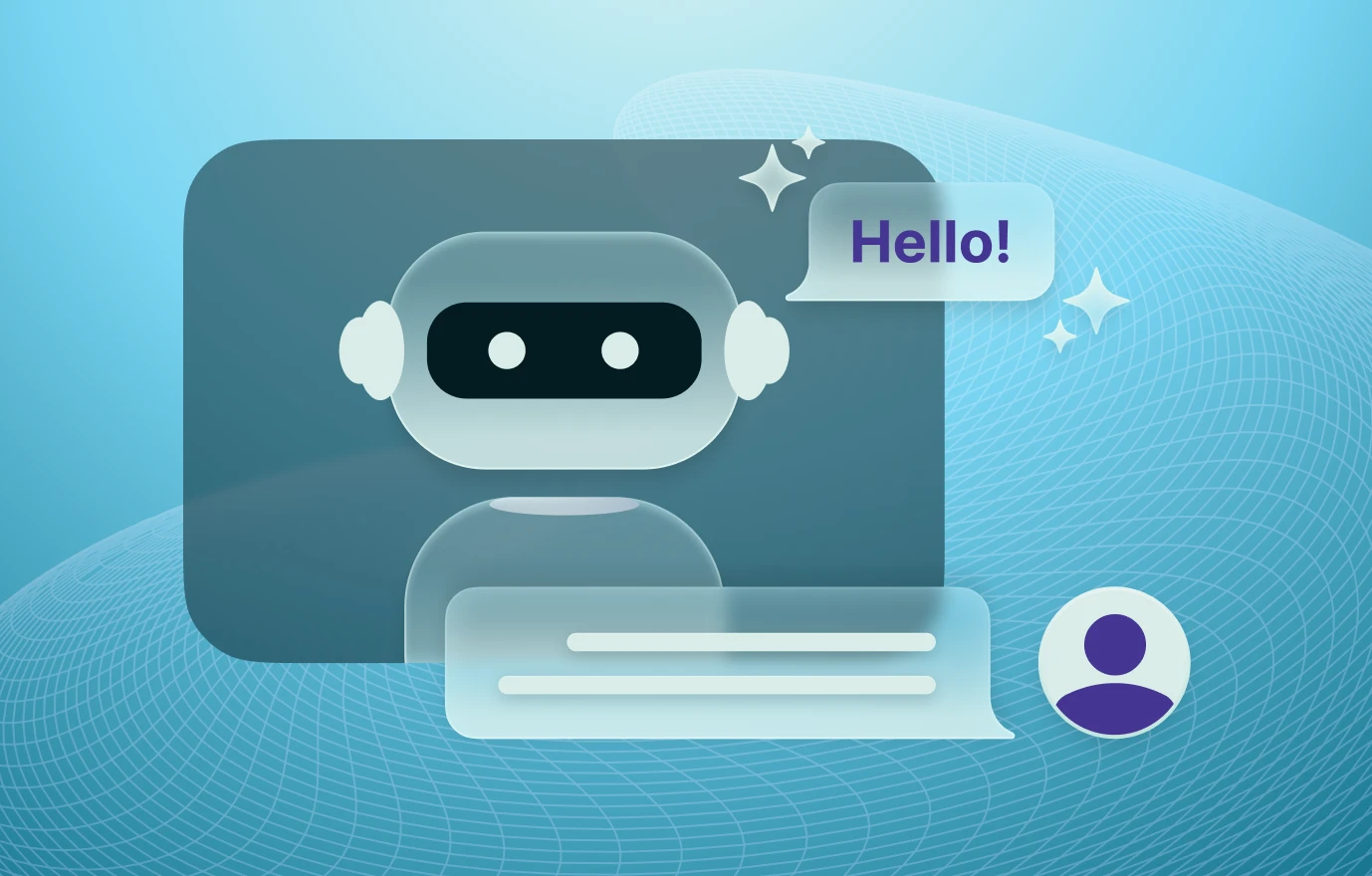India’s AI-powered chatbots are evolving beyond simple translation. By learning to interpret emotion, intent, and cultural nuance, they are reshaping how millions interact with technology — from metro travelers to tier-3 city customers.
From Commands to Conversations: The Human Face of AI
Early chatbots, built on rigid natural language processing, struggled to go beyond transactional responses. They could fetch data but rarely conveyed empathy. That is changing.
AI assistants today can soothe anxious users, summarize complex information, and respond in natural, context-rich tones. MakeMyTrip’s “Myra” chatbot, for example, doesn’t just recommend flights. When faced with a stressed traveler, it can reply: “Main aap ki pareshaani samajh sakta hoon. Please tension mat lijiye.” Such emotionally intelligent interactions represent a leap from mere efficiency to digital companionship.
India to Honour Top CISOs from Police, Law Enforcement, and Defence Forces
This evolution is being driven by advances in voice-enabled AI and emotion-sensitive models that can interpret intent, tone, and urgency.
The Regional Surge: Voice AI in Tier-2 and Tier-3 Cities
India’s next wave of internet adoption is emerging outside metros. Nearly 90% of new users are expected to come from smaller towns, preferring to engage in their native languages.
Flipkart has already rolled out AI-enabled support in 12 Indian languages. Haptik, Gnani.ai, and other firms are focusing on regional dialects and colloquialisms, making customer service more accessible than ever.
“Vernacular adoption is rising fastest in tier-2 and tier-3 regions, where AI chatbots in regional languages are helping build trust and confidence among new internet users,” industry experts note.
Banks, auto firms, consumer platforms, and even Indian Railways are now deploying multilingual AI to bridge the gap between India’s linguistic diversity and digital inclusion.
Barriers to Trust: Diversity, Accuracy, and Oversight
Despite the progress, challenges remain. India’s linguistic diversity, with 22 official languages and hundreds of dialects, makes AI training complex. Accent variation adds another layer of difficulty.
Experts also caution against over-automation. While empathetic AI can reduce response times and ease user frustration, errors in sensitive contexts like banking or healthcare could erode trust. Responsible deployment with human oversight is being positioned as essential.


